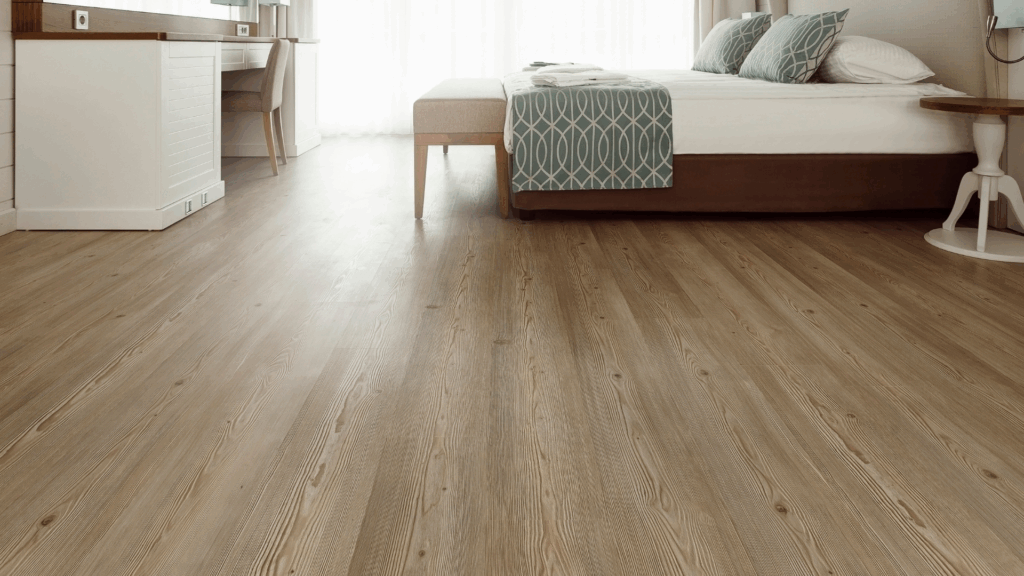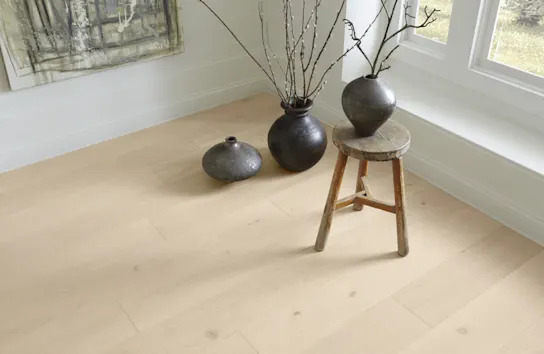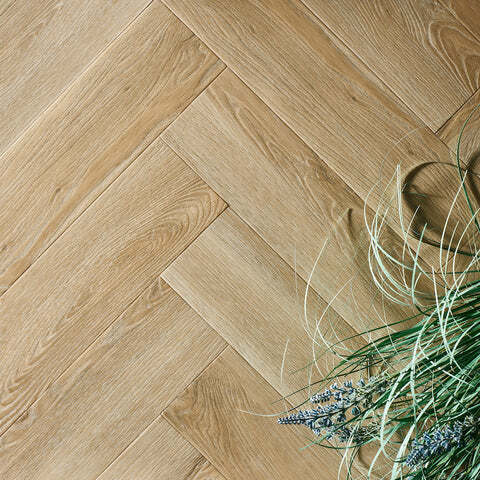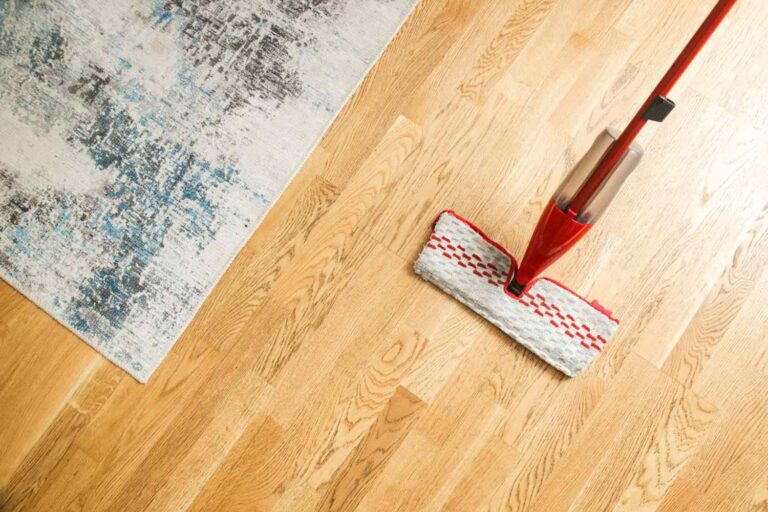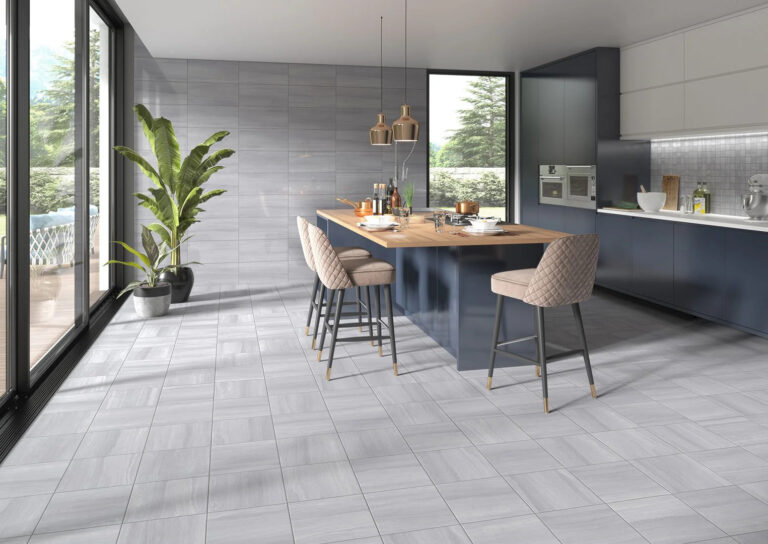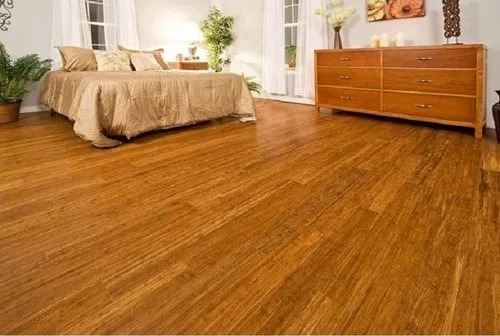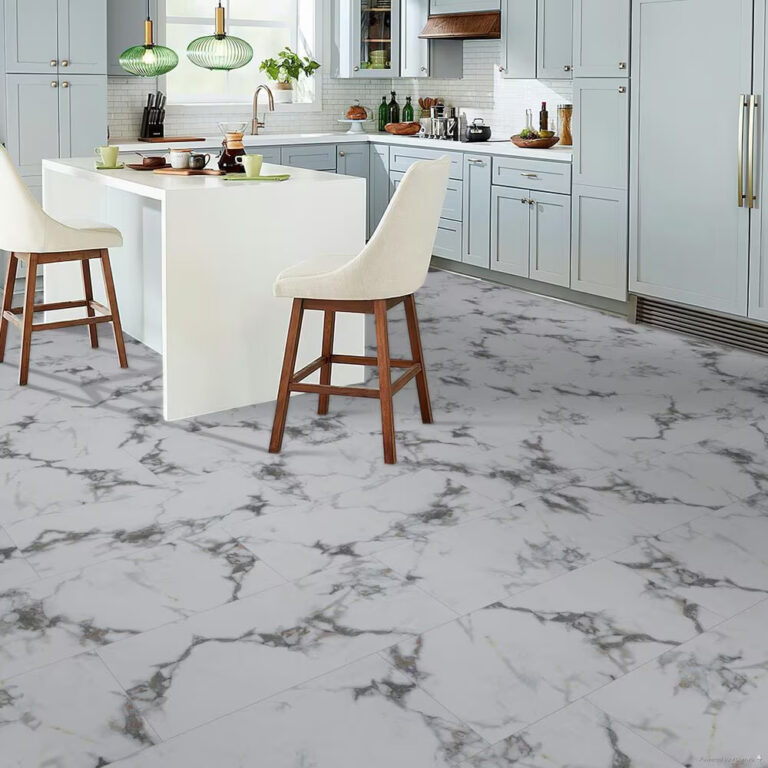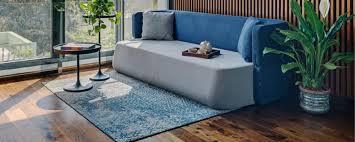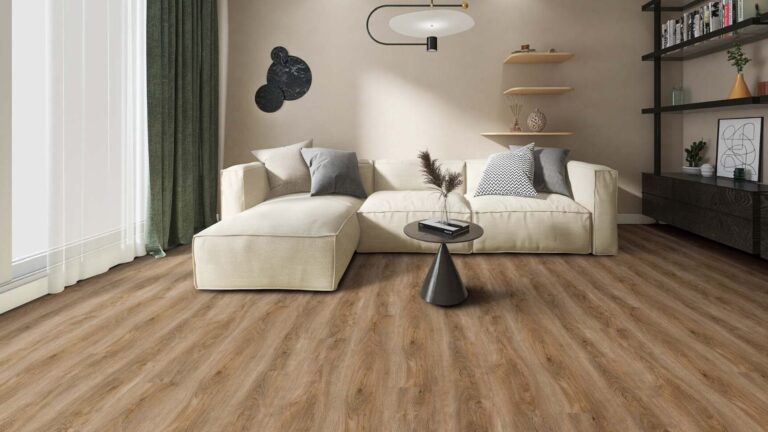Hardwood floors have long been a favorite choice among homeowners for their timeless beauty, durability, and ability to increase home value. If you’re considering upgrading your home with hardwood flooring, one of the first questions on your mind is likely: How much does it cost to install hardwood floors? Understanding the costs involved can help you budget wisely and avoid surprises down the line.
In this article, we’ll break down all the factors that influence hardwood floor installation costs, share average price ranges, and offer tips on how to save money without compromising quality. Whether you’re planning a small room or an entire home renovation, read on to learn everything you need about the cost of installing hardwood floors.
Average Cost of Installing Hardwood Floors in 2025
The overall cost to install hardwood flooring depends on several factors, including the size of your project, the type of wood chosen, material quality, labor rates, and the complexity of the installation. Below is a general cost breakdown for 2025:
| Hardwood Floor Type | Average Cost per Square Foot |
| Solid Hardwood | $8 to $15 |
| Engineered Hardwood | $6 to $12 |
| Prefinished Hardwood | $7 to $14 |
| Unfinished Hardwood | $6 to $12 |
| Exotic Hardwood Species | $12 to $20+ |
Key Details:
- Solid Hardwood Floors usually cost more because they are made from a single piece of wood, providing a longer lifespan.
- Engineered Hardwood Floors are more affordable and stable, constructed from layers of wood veneer and plywood.
- Prefinished Hardwood comes sanded and sealed from the factory, which reduces installation time and labor costs.
- Unfinished Hardwood requires onsite sanding and finishing, adding extra labor time and expense.
- Exotic Hardwood Species such as Brazilian cherry, teak, or mahogany are premium options with higher prices.
For an average-sized room of approximately 200 square feet, homeowners can expect to pay between $1,200 and $3,000 for mid-range hardwood flooring, including installation.
Factors Affecting Hardwood Floor Installation Cost
Several factors influence the total cost of installing hardwood floors, including:
- Type of Hardwood: Different wood species vary widely in price. Common domestic woods like oak or maple are more affordable, while exotic woods like teak or Brazilian cherry cost significantly more.
- Floor Size and Room Shape: Larger rooms cost more due to the increased amount of materials and labor. Complex room shapes or multiple rooms with many corners can increase labor time and cost.
- Subfloor Condition: A damaged or uneven subfloor may require repair or leveling before installation, which adds to the overall cost.
- Installation Method: Methods like nail-down, glue-down, or floating installation have different labor intensities and costs. Nail-down installation is common for solid hardwood, while engineered hardwood can use glue or floating methods.
- Material Quality: Higher-quality hardwood with better finishes and durability will cost more upfront but can save money over time with longevity.
- Finish Type: Prefinished hardwood floors reduce installation labor because they come sealed and sanded. Unfinished floors require onsite sanding and finishing, which adds to labor costs.
- Labor Rates in Your Area: Labor costs vary by region and local market demand, affecting the total installation price.
- Additional Services: Costs can increase if you need to remove old flooring, repair damaged subflooring, or add extra features like radiant heating.
Popular Hardwood Floor Types in 2025
- Solid Hardwood: Solid hardwood flooring is made from a single piece of natural wood. It is very strong and can last for many years. One big benefit is that it can be sanded and refinished multiple times to remove scratches or change the look. This type works best in dry areas and is usually installed over wood subfloors.
- Engineered Hardwood: Engineered hardwood is made by layering thin sheets of wood together, with a real hardwood layer on top. This construction makes it more stable in places where there is moisture or changes in temperature. It’s easier and often cheaper to install than solid hardwood, making it a good choice for basements or floors over concrete.
- Prefinished Hardwood: Prefinished hardwood comes already sanded, stained, and sealed from the factory. Because of this, it can be installed quickly and with less mess. The factory-applied finish is often very durable, which helps protect the floor. This option is great if you want a fast and clean installation.
- Unfinished Hardwood: Unfinished hardwood is raw wood that gets installed first and then sanded, stained, and sealed right at your home. This allows you to choose any stain color you want and match existing floors easily. It’s perfect if you want a custom look or a fresh finish that fits your style exactly.
- Exotic Hardwood: Exotic hardwoods come from special types of trees like Brazilian cherry, teak, or mahogany. These woods have unique colors and grain patterns that make your floors stand out. They are usually more expensive than common hardwoods and may require special care, but they tend to be very durable.
- Reclaimed Hardwood: Reclaimed hardwood is wood that has been taken from old buildings or barns and reused as flooring. It’s an eco-friendly option that gives your home a rustic, vintage charm. Because this wood is often very dense and aged, it is also very strong and durable, making it a popular choice for unique interior designs. For a deeper look at each wood floor type, check out the National Wood Flooring Association’s guide to types of wood floors.
Hardwood Floor Installation Process Overview
- Measurement and Estimate: A professional measures your space and provides a detailed estimate.
- Preparation: Removal of old flooring, subfloor inspection, and leveling.
- Acclimation: Hardwood planks are stored onsite for several days to adjust to room humidity.
- Installation: Planks are nailed, glued, or floated into place.
- Sanding and Finishing (if unfinished): Floors are sanded smooth, stained, and sealed.
- Cleanup: Dust and debris are cleared, and floors are polished.
How to Save Money on Hardwood Floor Installation
Installing hardwood floors can be a big investment, but there are several ways to keep costs down without sacrificing quality.
- Choose Engineered Hardwood: It offers similar aesthetics and durability for less money.
- Select Prefinished Flooring: Reduces labor time and finishing costs.
- Limit Installation Area: Focus on key rooms instead of the entire home.
- Do Partial DIY: Removing old floors or prepping the subfloor yourself can save labor fees.
- Shop Around: Get multiple quotes from reputable flooring contractors.
- Buy in Bulk: Larger orders sometimes come with discounts.
- Consider Alternative Wood Species: Domestic woods are more affordable than exotic types.
- Plan Installation During Off-Season: Some contractors offer discounts in slower months.
Hardwood Floor Cost vs. Other Flooring Options
When choosing flooring, cost is an important factor. Here’s how hardwood compares to other popular flooring types in terms of price and value:
| Flooring Type | Average Cost per Square Foot Installed | Durability | Maintenance | Aesthetic Appeal |
| Hardwood | $6 – $15 | High | Moderate | Classic, warm |
| Laminate | $3 – $8 | Moderate | Low | Mimics hardwood |
| Vinyl Plank | $2 – $7 | Moderate | Low | Versatile designs |
| Tile | $5 – $15 | High | Moderate | Various styles |
| Carpet | $2 – $6 | Low to Moderate | Moderate to High | Soft, warm feel |
Hardwood floors offer a unique blend of durability, style, and resale value that often justifies the investment despite higher upfront costs.
Final Thought
Installing hardwood floors in 2025 is a smart home improvement investment that combines timeless beauty, durability, and enhanced property value. While costs can vary, understanding the factors involved allows you to plan your budget effectively and choose the best materials and installation method for your home.
By selecting the right hardwood type, preparing your space properly, and hiring experienced professionals, you can enjoy elegant floors that last for decades. Whether you’re updating a single room or renovating your entire home, hardwood flooring remains a worthwhile upgrade in 2025.
